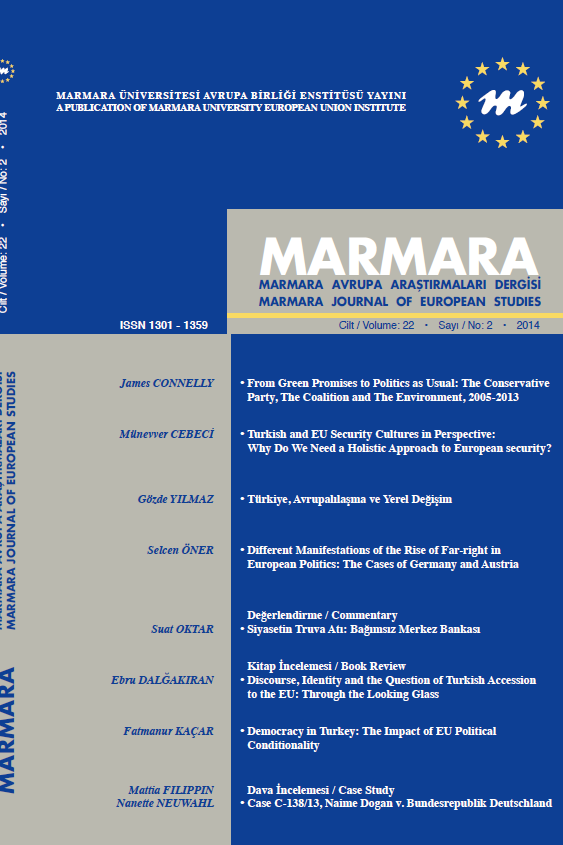EUROPEAN MONETARY UNION: ACHIEVEMENTS AND FUTURE CHALLENGES
The European governance has constantly evolved since the acceptance of the Maastricht Treaty in 1992. The evolution of the European institutions is especially marked by the economic impact of the 2008 crisis. Indeed, following the crisis new institutions with new functions emerged in order to allow for a better management of the crisis. Further reforms are likely to give way to the creation of new institutions in the future, such as the European monetary fund or the European Ministry of Economy and Finance. The present paper analyzes the interaction between the innovations in the functioning of the euro area and the economic business cycles. For this, the present paper first gives the evolution of the key economic indicators in the euro area compared to the USA. Then, the new institutions are analyzed with respect to their economic stabilization capacity. The supra-national character of these new institutions implies higher policy cooperation within the euro area. However, the order of priority assigned to the policy targets seems to be more decisive than the institutional innovation in stabilizing the business cycles.
Anahtar Kelimeler:
European Union, business cycles, supranational institutions, intergovernmental institutions
___
- Alesina, A. and Perotti, R. (1997) “Fiscal Adjustments in OECD Countries: Composition and Macroeconomic Effects”, IMF Staff Papers, 44 (2): 21048. Coenen, G. et al. (2012) “Effects of Fiscal Stimulus in Structural Models”, American Economic Journal: Macroeconomics, 4 (1): 22-68. Enderlein, H. and Haas, J. (2015) “Quel Serait le Rôle d’un Ministre Européen des Finances? Une Proposition”, Jacques Delors Institut Policy Paper 145, Jacques Delors Institute, Berlin.
- ISSN: 1301-1359
- Yayın Aralığı: Yılda 2 Sayı
- Yayıncı: Marmara Üniversitesi
Sayıdaki Diğer Makaleler
DENIZENSHIP-A NEW FUNDAMENTAL STATUS IN THE EU?
THE EFFECT OF REFUGEE CRISIS ON EU ENLARGEMENT
Deconstructing “Ideal Power Europe”: The EU and the Arab Change
THE UNIFICATION EFFORTS IN EU CIVIL LAW
Eylem APAYDIN, Deniz TEKİN APAYDIN
Uluslararası İlişkilerde Göç: Olgular, Aktörler ve Politikalar
HISTORICAL AND CONTEMPORARY CONDITIONS OF GERMAN EXPANSION TOWARDS THE CENTRAL AND EASTERN EUROPE
TÜRKİYE-AB MÜZAKERE SÜRECİNDE PRENSİPLİ GÖRÜŞME VE KÜLTÜREL FARKLILIKLAR
CONSULAR COOPERATION OF EU MEMBER STATES IN A FUNDAMENTAL RIGHTS APPROACH
